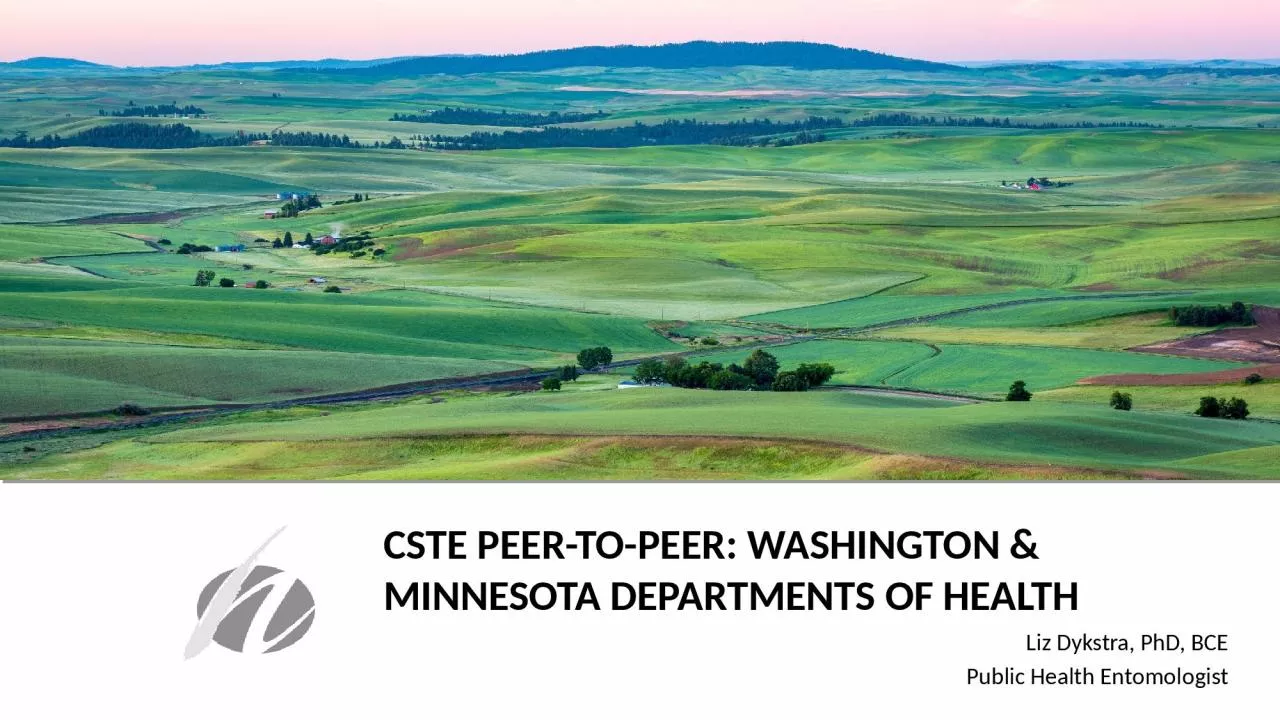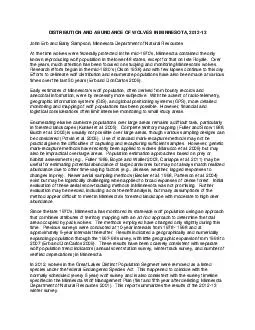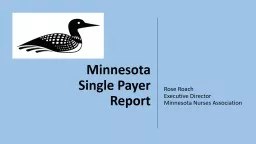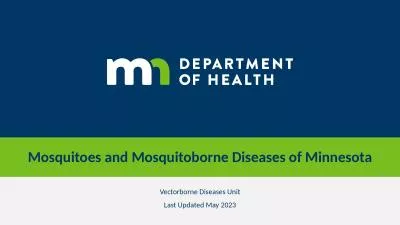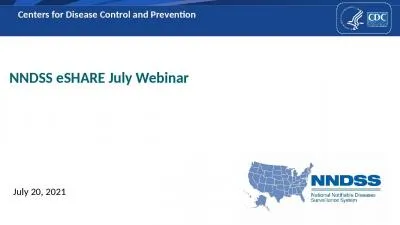PPT-CSTE Peer-to-peer: Washington & Minnesota Departments of Health
Author : SparkleQueen | Published Date : 2022-08-02
Liz Dykstra PhD BCE Public Health Entomologist MosquitoBorne Arboviruses WA Disease Human Cases 2018 2019 WA Mosquitoes Tested 2019 WA Positive Pools 2019
Presentation Embed Code
Download Presentation
Download Presentation The PPT/PDF document "CSTE Peer-to-peer: Washington & Minn..." is the property of its rightful owner. Permission is granted to download and print the materials on this website for personal, non-commercial use only, and to display it on your personal computer provided you do not modify the materials and that you retain all copyright notices contained in the materials. By downloading content from our website, you accept the terms of this agreement.
CSTE Peer-to-peer: Washington & Minnesota Departments of Health: Transcript
Download Rules Of Document
"CSTE Peer-to-peer: Washington & Minnesota Departments of Health"The content belongs to its owner. You may download and print it for personal use, without modification, and keep all copyright notices. By downloading, you agree to these terms.
Related Documents

